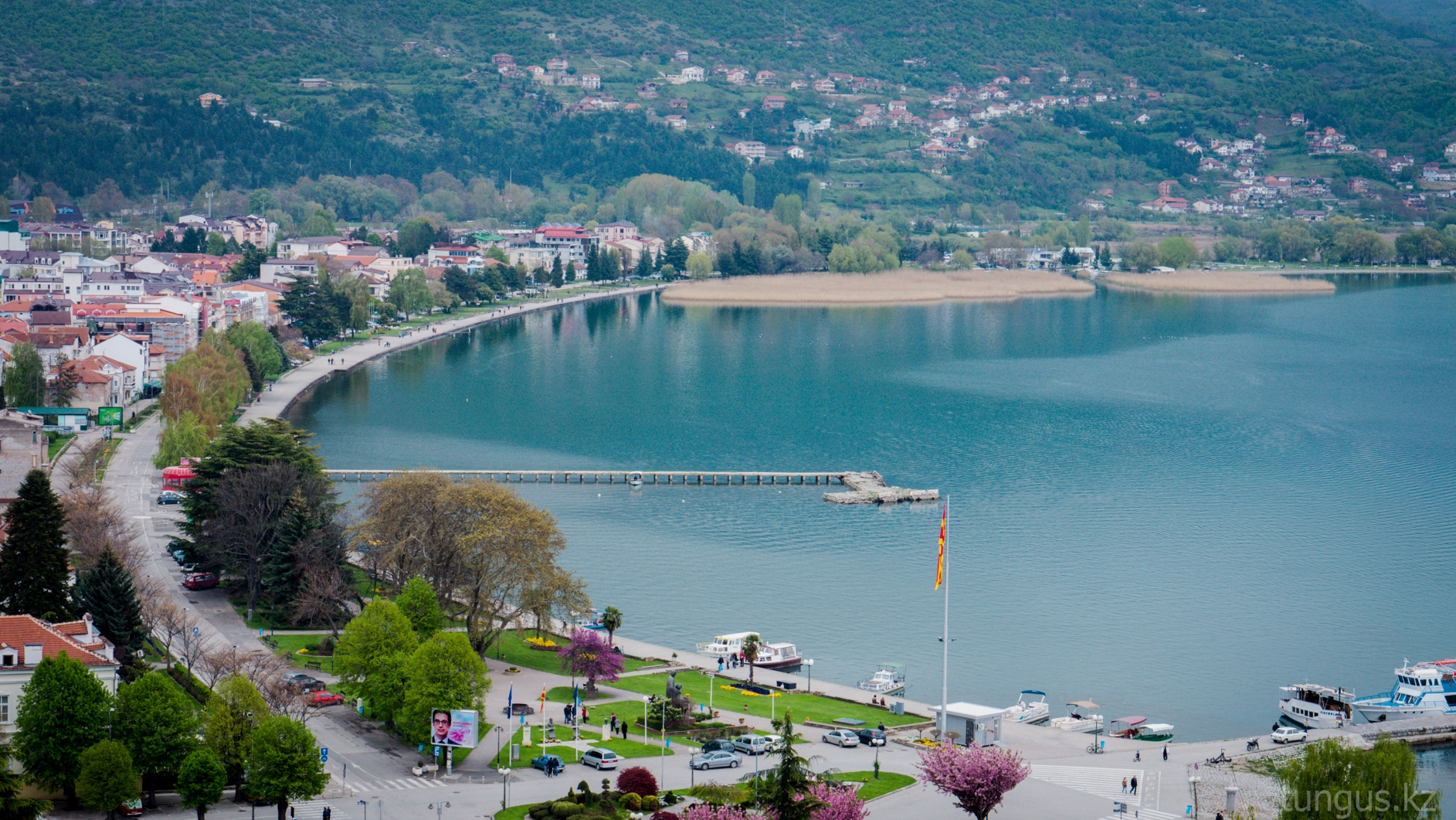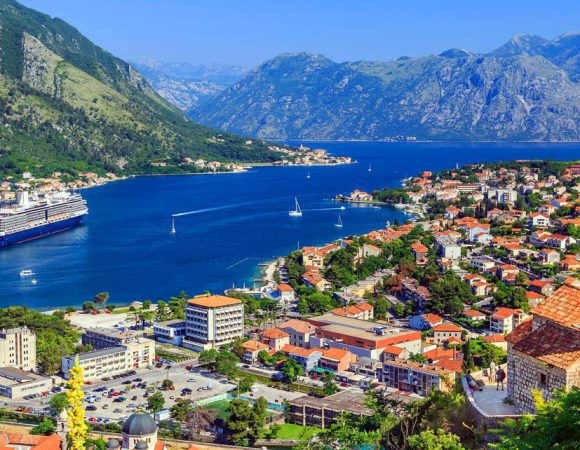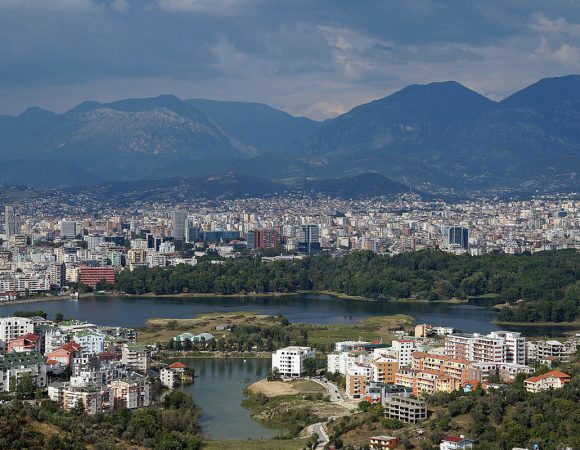
Macedonia
Officially the Republic of Macedonia, is a Balkan country located in Southeast Europe . The country gained its independence from the Socialist Federal Republic of Yugoslavia in 1991 . Macedonia borders Serbia and Kosovo to the north, Albania to the west , Greece to the south, and Bulgaria to the east.
The country, which became a member of the United Nations in 1993, had a name crisis with Greece . Because of this crisis, Macedonia; It is recognized by the European Union, the Council of Europe and NATO as the Former Yugoslav Republic of Macedonia . 2 million people live in the country with a surface area of 25,713 square kilometers . After leaving Yugoslavia, the economy of the country, which had a difficult time economically, is mainly based on agriculture. However, in recent years, industry has started to develop throughout the country.
Thanks to its strategic location, Macedonia has been the crossing point of different civilizations throughout history. Thanks to its proximity to the Mediterranean , it was also influenced by the civilizations established here. It remained under the rule of the Roman Empire for a long time, both before and after Christ . In later periods, artifacts from the Roman and Byzantine periods are frequently encountered in the country, which was a part of the Byzantine Empire . After Byzantium, the Ottoman Empire dominated the region for about 542 years. long Ottoman rule; from art to social life, from cuisine to cosmopolitan life, it has left its traces in every aspect of the country.
Macedonia’s Capital, Cities and Regions
Macedonia consists of statistical regions and municipalities. Statistical regions are Skopje, East Macedonia, Northeast Macedonia, Pelagonia, Polog, Southeast Macedonia, Southwest Macedonia and Vardar . More than 500 thousand people live in Skopje , the capital and most populous city of the country . Monastery, Kumanova, Tetovo, Prilep, Gostivar and Ohrid are other important cities.
Where is Macedonia?
Macedonia is bordered by Montenegro to the northwest , Serbia to the north, Bulgaria to the east , Greece to the south, and Albania to the west . With an area of 25,713 square kilometers, the country is known for the Vardar River and its mountains exceeding 2000 meters. It also has the Ohrid, Prespa and Dojran Lakes at the intersections of Macedonia, Albania and Greece .
When to go to Macedonia
The best time to visit Macedonia is the summer months when the temperatures start to rise . The summer months are hot and without precipitation. The average temperature is 23 degrees in this season, and in July, the hottest month, temperatures can reach 30 degrees. In June and August evenings, you may need to buy a cardigan. Winters in the country are snowy and long.
From June to mid- October , temperatures become suitable for travel. The most suitable periods to visit the natural beauties and historical places of the country are summer and autumn periods. Rain is most common in spring and autumn. Compared to these seasons, summer and winter seasons receive less precipitation.
Macedonian Culture
Macedonia is a multicultural Balkan country with ethnic and religious diversity. During the years when different empires ruled the country, Muslims and Christians, Macedonians, Albanians and Turks lived together. However , with the collapse of the Ottoman Empire and the Socialist Federal Republic of Yugoslavia , ethnic and religious diversity caused problems. Tension between Albanian-Muslim minority groups and Macedonian security forces in 2011 and 2012 turned into clashes.
It is beneficial for travelers to Macedonia to be sensitive when talking about ethnicity, politics and economy . Ethnic differences in the country show themselves in certain areas. The Vardar River divides Skopje in two; On one side of the river mainly Albanians live , on the other side Turks and Christians live. Macedonia is also a small and mountainous country. Different traditional clothes are worn in different regions of this small country. These traditional clothes are no longer worn in daily life. It is possible to see these clothes in local festivals and important days.
Macedonian Cuisine
Macedonian cuisine includes all the flavors of the Balkan geography. Influences from both Mediterranean cuisine and Middle Eastern flavors can be seen. A food culture is dominant in which vegetables, greens and fruits are used abundantly. In addition, fresh herbs collected from the mountains are used in cooking. In addition , local drinks such as milk and dairy products, wines and rakiya are also consumed excessively. In Macedonian cuisine, which also has great similarities with Turkish cuisine, the names of musaka, burek, wrap and turli pan will not be foreign at all. Besides the pies with minced meat, spinach and cheese, cacık is one of the dishes similar to Turkish cuisine. Kebapcinja is the name given to kebabs.
Ajvar is a sauce made from products such as red pepper, hot pepper, garlic, and you can often come across it at breakfast. Salad called Skopska salad is a salad consisting of tomatoes, cucumbers, onions and feta cheese. Pastrmajlija is also a type of pita made using bacon made from pork or mutton. Tavce gravce is one of Macedonia’s best-known dishes. This dish, which is made using products such as dry beans, onions, peppers and tomatoes, is available in almost every restaurant. A few other important dishes of the country are as follows: Kompir mandza, kacamak, mekici, pindjur, popara.
Gifts from Macedonia
The Republic of Macedonia offers many options for shopping lovers with its historical Ottoman bazaars, bazaars and modern shopping venues. Skopje, Tetovo, Ohrid and Bitola are important cities famous for their bazaars and markets. In these bazaars and markets, it is possible to find everything from dried vegetables to fake bags and glasses of famous brands.
Ohrid , where there are many jewelry stores , will be the right address for pearl lovers. In addition , paintings reflecting Macedonian Orthodox painting can be gift options that may attract the attention of visitors.
Macedonia’s Festivals
Manaki Brothers International Filmmakers Film Festival is held in Bitova ,
Macedonia . Cinema awards are given in memory of the Manaki Brothers , who brought cinema to the Ottoman Empire and the Balkan geography . The competition, which has been held since 1979, takes place in September every year .
Balkan Folklore Festival The
Balkan Folklore Festival started in 1962 in Ohrid , Macedonia . The Festival is a member of the UNESCO Folklore Art and Festivals Council . The festival, in which folklore groups and artists from the Balkans and neighboring countries are represented, has so far been attended by 42 thousand people. In addition to the dance and song competitions held every year, the festival also hosts exhibitions and seminars.
The Galicnik Wedding is a traditional wedding ceremony that takes place on St. Peter’s Day in July
of each year . It takes place in Galicnik Village , which is built on the mountain foothills in the west of the country. It is celebrated as a three-day feast. Couples dancing, singing, eating and drinking in local clothes continue to keep the ceremony alive for centuries.
Ohrid Summer Festival It
is held every year between 12 July and 20 August in Ohrid , Macedonia . This festival, which started with the concert in St. Sofia Church on August 4, 1961 , hosted the most important musicians and choirs of Europe and the world. Since 1961, it has hosted participants from more than 50 countries.
Other festivals in Macedonia: International Ancient Theater Festival, Strumica Carnival, Interfest – Classical Music Festival, Skopje Jazz Festival .
Holidays / Holidays / Important Days in Macedonia
• Orthodox Christmas (January 7)
• Labor Day (May 1)
• Easter (May 1-2)
• Slavic Educators’ Day (May 24)
• Eid al-Fitr (July 5)
• Republic Day (August 2)
• Independence Day (September 8)
• People’s Uprising Day (11 October)
• Macedonian Revolution Struggle Day (23-24 October)
• Feast of St. Clement Ohridski (8 December)
Climate and Weather in Macedonia
In Macedonia , different climate types are seen in different parts of the country. Although it is located between the Aegean Sea and the Adriatic Sea , the sea effect is not felt much in the country because it is surrounded by mountain ranges. The Mediterranean climate is dominant in Gevgeli , Strumca, Valandova, Dojran and Radoviş , where the Vardar and Strumica rivers are also located .
Demir Kapı and Gevgeli are the regions with the highest temperatures. In these regions, especially in July-August , thermometers see 40 degrees. The continental climate is dominant in the mountainous regions of the country . There are many temperature differences between day and night in these regions.
In summer, the temperature is around 30 degrees during the day, and it can go below 20 degrees at night. Baba Mountains in the southwest of Macedonia and the Shar Mountains in the northwest are also very cold regions. In addition, the effects of the cold air waves of the Balkans are also seen in Macedonia. These cold air waves lower the air temperature more, especially in winter. Cold air waves coming from Russia can also reduce the air temperature below zero.
A Brief History of Macedonia
Macedonia has a history dating back to Antiquity . The sovereignty of the country’s lands was transferred from the Persians to Alexander the Great, from Alexander the Great to the Roman Empire and finally to the Ottoman Empire . The region, which remained under Ottoman rule for 600 years, constituted an important part of the Rumelian lands. In the 20th century, Macedonia, one of the countries of the Socialist Federative Republic of Yugoslavia , was only able to declare its independence in 1991. The country still bears the traces of the rich cultural, ethnic and social structure of the past.
Macedonia’s Economy
The Republic of Macedonia faced a great economic depression after the collapse of Yugoslavia. The country is known as the least developed country economically among the former Yugoslav states. Although it gained its independence in 1991, it could not establish a balanced economic order due to the lack of infrastructure and the Greek embargo. By the 2000s, unemployment, poverty rates and external migration are still at high levels in the country.
Languages Spoken in Macedonia
Macedonian , belonging to the South Slavic language family, is the official language of the country. It is particularly striking that it is similar to Bulgarian . Minority languages other than Macedonian are spoken in the country at rates of up to 20%. Albanian, Turkish, Romani, Serbian and Bosnian are the main ones.






